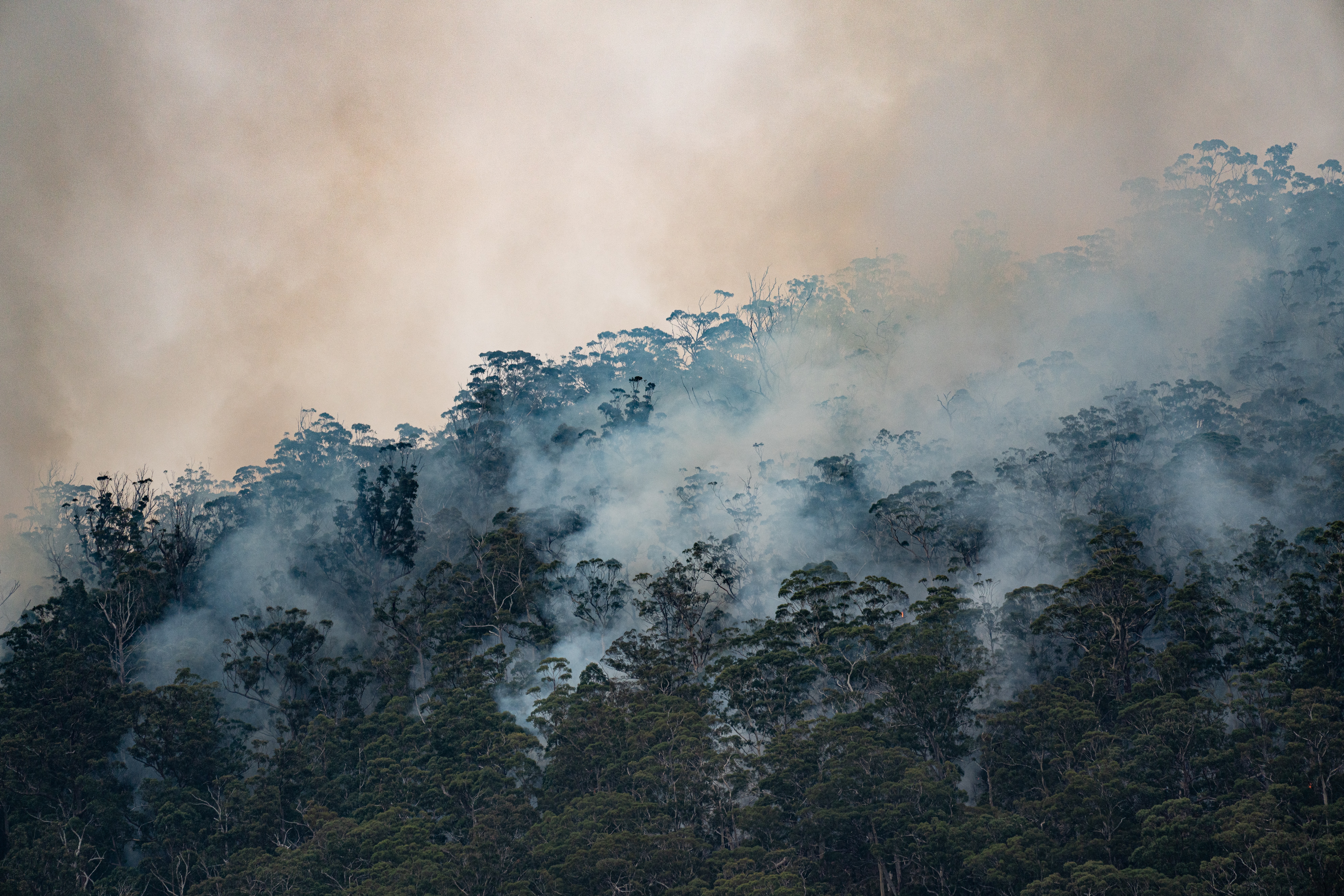How to Build AI Agents
From Code to Capability: A Practical Demo of Agentic AI in Action
In a recent Synaptiq webinar, Dr. Tim...
|
CONSTRUCTION & REAL ESTATE
|
 |
|
Discover how crafting a robust AI data strategy identifies high-value opportunities. Learn how Ryan Companies used AI to enhance efficiency and innovation.
|
| Read the Case Study ⇢ |
|
LEGAL SERVICES
|
 |
|
Discover how a global law firm uses intelligent automation to enhance client services. Learn how AI improves efficiency, document processing, and client satisfaction.
|
| Read the Case Study ⇢ |
|
HEALTHCARE
|
 |
|
A startup in digital health trained a risk model to open up a robust, precise, and scalable processing pipeline so providers could move faster, and patients could move with confidence after spinal surgery.
|
| Read the Case Study ⇢ |
|
LEGAL SERVICES
|
 |
|
Learn how Synaptiq helped a law firm cut down on administrative hours during a document migration project.
|
| Read the Case Study ⇢ |
|
GOVERNMENT/LEGAL SERVICES
|
 |
|
Learn how Synaptiq helped a government law firm build an AI product to streamline client experiences.
|
| Read the Case Study ⇢ |
 |
|
Mushrooms, Goats, and Machine Learning: What do they all have in common? You may never know unless you get started exploring the fundamentals of Machine Learning with Dr. Tim Oates, Synaptiq's Chief Data Scientist. You can read and visualize his new book in Python, tinker with inputs, and practice machine learning techniques for free. |
| Start Chapter 1 Now ⇢ |
By: Synaptiq 1 Nov 18, 2024 6:17:55 PM

The 2021 wildfire season scorched 3.6 million acres in the United States. [1] That’s a wake of destruction 39 times the size of Synaptiq’s home base, Portland (OR). Experts expect the 2022 season to be no less destructive. The National Interagency Fire Center (NIFC) warns that the number of U.S. acres burned this year by wildfires is already 160 percent above the 10-year average, and we're not even halfway through the season. [2]
These numbers aren’t typical — or, at least, they weren’t typical twenty years ago. Recent climate change has contributed to longer wildfire seasons and more destructive wildfires:
Research shows that changes in climate create warmer, drier conditions. Increased drought, and a longer fire season are boosting these increases in wildfire risk. [3]
The consequences of climate change-affected wildfires are significant for those affected by or tasked with fighting wildfires. Federal firefighting costs totaled $4.4 million in 2021, well above the $2.4 million ten-year average. [4] That’s not to mention the lives lost, property damage, and emotional toll.
First responders and communities need advance warning about wildfires to respond safely and efficiently; however, an early-warning wildfire detection system faces two obstacles:
1. Wildfires often start in remote regions.
2. Wildfires start small but grow quickly.
Our challenge was to develop a system that (i) covered remote regions and (ii) could quickly detect even the tiniest wildfires before they grew into more destructive infernos. Our solution was anything but conventional.
Our client developed and launched stratospheric balloons carrying long-range sensory equipment to gather live data on key wildfire indicators (such as temperature). We developed computer vision software that rapidly analyzes this data, conducts a risk assessment, and decides whether to alert local fire departments.
Our solution will help prevent wildfires, in some cases, before they happen — and, in others, before they grow large enough to cause significant damage. We hope our contribution to wildfire-fighting efforts will save lives and prevent losses. With extreme weather growing more frequent and intense worldwide, it’s more important than ever that we embrace technology to mitigate and protect ourselves from the consequences of climate change.
Synaptiq's most recent work on artificial intelligence to combat climate change applies computer vision software to a new challenge: detecting methane leaks. Methane is a powerful greenhouse gas, with 80 times the warming power of CO2. [5] You can learn about our solution — how it works and who it helps — through the button below.

Photo by Matt Palmer on Unsplash
Synaptiq is an Oregon-based AI and data science consulting firm. We engage our clients in a collaborative approach to developing custom, human-centered solutions with a commitment to ethics and innovation.
Contact us if you have a problem to solve, a process to refine, or a question to ask.
You can learn more about our story through our past projects, blog, or podcast.
From Code to Capability: A Practical Demo of Agentic AI in Action
In a recent Synaptiq webinar, Dr. Tim...
December 15, 2025
2025 was the year AI stopped being a side project and became the strategy conversation in every serious boardroom....
December 15, 2025
You’ve invested in AI. The models are live. The tools are ready. But adoption is lagging. Why?Because AI adoption isn’t...
December 5, 2025